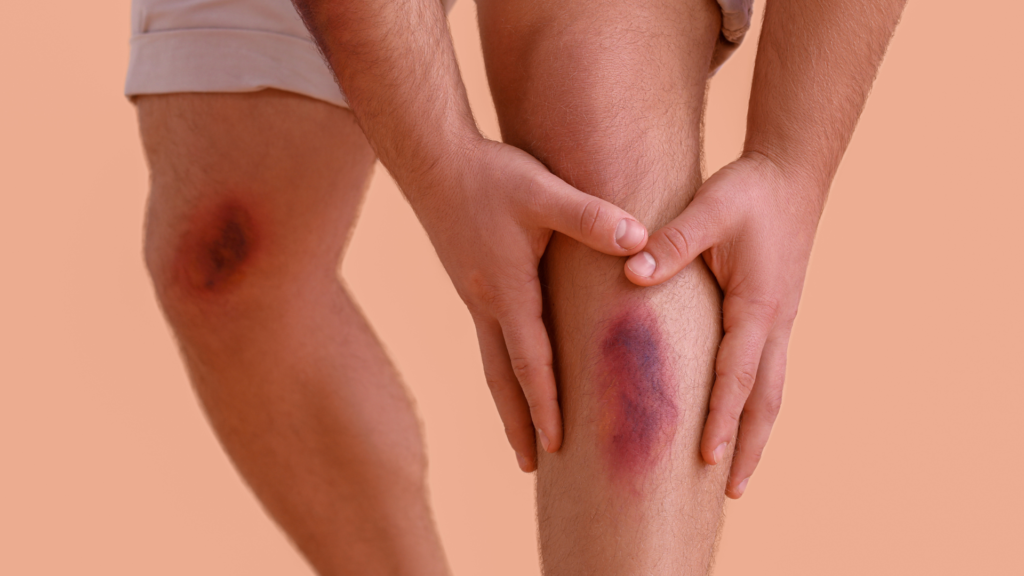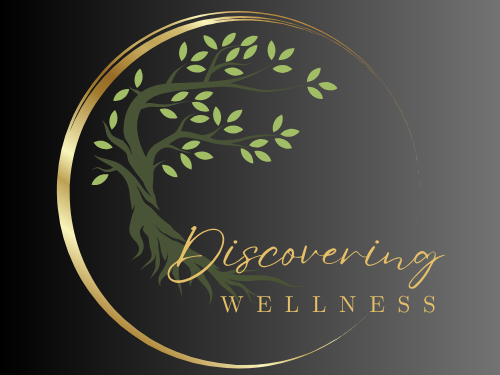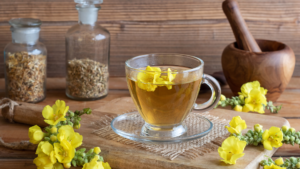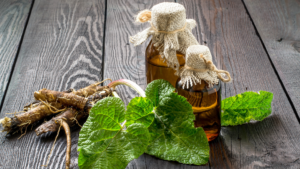
We all get bruises from time to time, but do you really know what’s going on under your skin when you get a bruise? Understanding the anatomy of a bruise can help you know how to best treat it and speed up healing.
What Exactly Is a Bruise?
A bruise, also called a contusion, occurs when small blood vessels under the skin are damaged and leak blood into the surrounding tissues. This causes the discolored spot we know as a bruise. The blood vessels usually damaged are tiny capillaries or sometimes small veins and venules. These are fragile vessels that can be disrupted by even minor impacts or trauma.
When the blood leaks out of the damaged vessels, it initially appears reddish in color since it’s oxygenated. As it sits in the tissue, the hemoglobin in the blood breaks down and the bruise turns bluish or purplish. The size and spread of the bruise depends on how much blood leaks out and how deeply it reaches.
Healing Process of a Bruise
During the healing process, your body reabsorbs the leaked blood and repairs the damaged vessels. Here’s a look at the stages:
- Days 1-2: Swelling, inflammation, and reddish color
- Days 3-5: Greenish tint as red blood cells break down
- Days 5-10: Bruise turns bluish/purplish and starts to fade
- Days 10-14: Yellowish color as blood is reabsorbed
- 2+ weeks: Bruise fades completely as blood is cleared
The blood, tissue fluids, and damaged cells trigger inflammation which causes pain, stiffness, and swelling around the bruise. This is part of your body’s natural healing response.
Natural Remedies to Help Bruises Heal
While your body is perfectly capable of healing bruises on its own, you can aid the process and reduce pain and swelling using these natural remedies:
- Cold Compresses – Applying something cold like an ice pack constricts blood vessels to reduce internal bleeding and swelling. Use for 10-20 minutes a few times a day.
- Heat – After a day or two, use a warm compress to boost circulation and enhance healing. Just don’t apply heat too early when swelling is still prominent.
- Elevation – Keep the bruised area elevated above the level of your heart to minimize swelling.
- Rest – Avoid using or putting pressure on the bruised area to enable healing.
- Arnica – Arnica creams and gels applied topically may reduce bruise-related pain and swelling.
- Bromelain – This enzyme found in pineapples can minimize bruising when taken as a supplement.
- Vitamin C – Vitamin C helps strengthen blood vessels. Taking supplements may accelerate healing.
- Bioflavonoids – These compounds have anti-inflammatory effects that can also help bruises.
- Massage – Gently massaging the area can help break up pooled blood and improve circulation.
- Essential oils – Oils like helichrysum, lavender, and frankincense may have soothing, anti-inflammatory properties.
Severe bruising with intense, lingering pain may be a sign of deep tissue damage or a hematoma (pocket of blood). See your doctor if bruises aren’t improving normally or you experience significant swelling or discomfort. But for the most part, with a little time and a bit of TLC, you’ll be back to normal!



